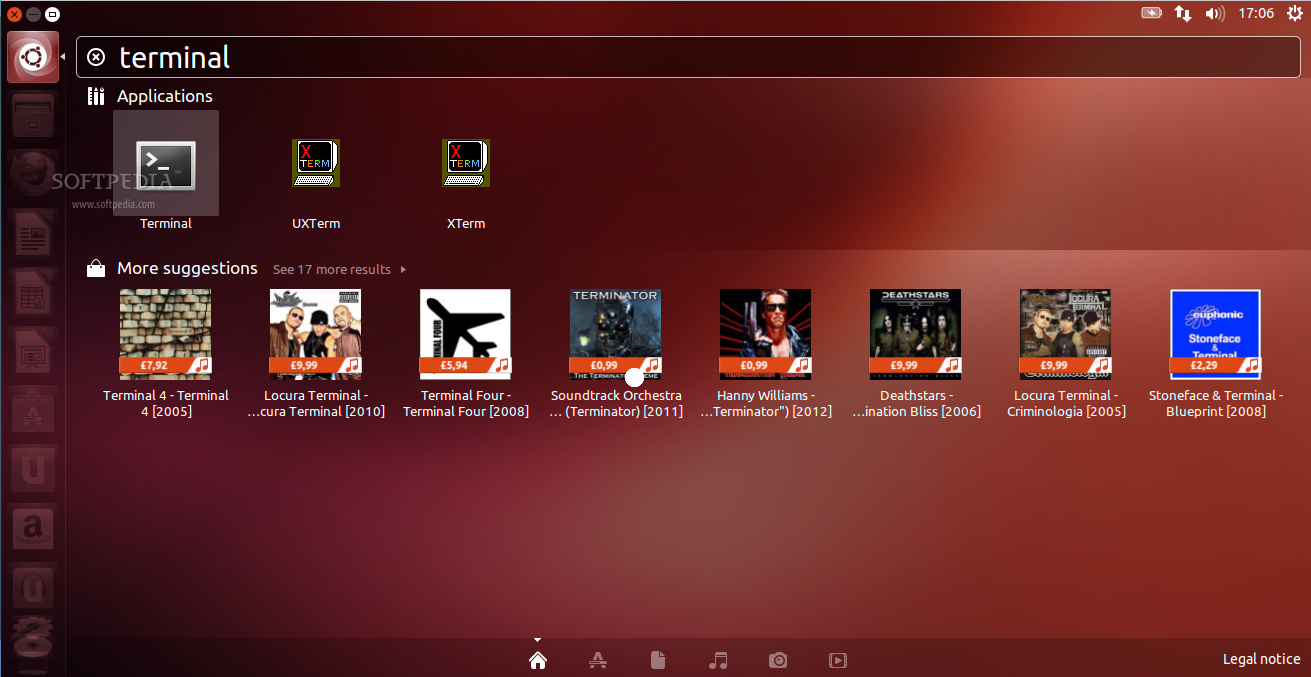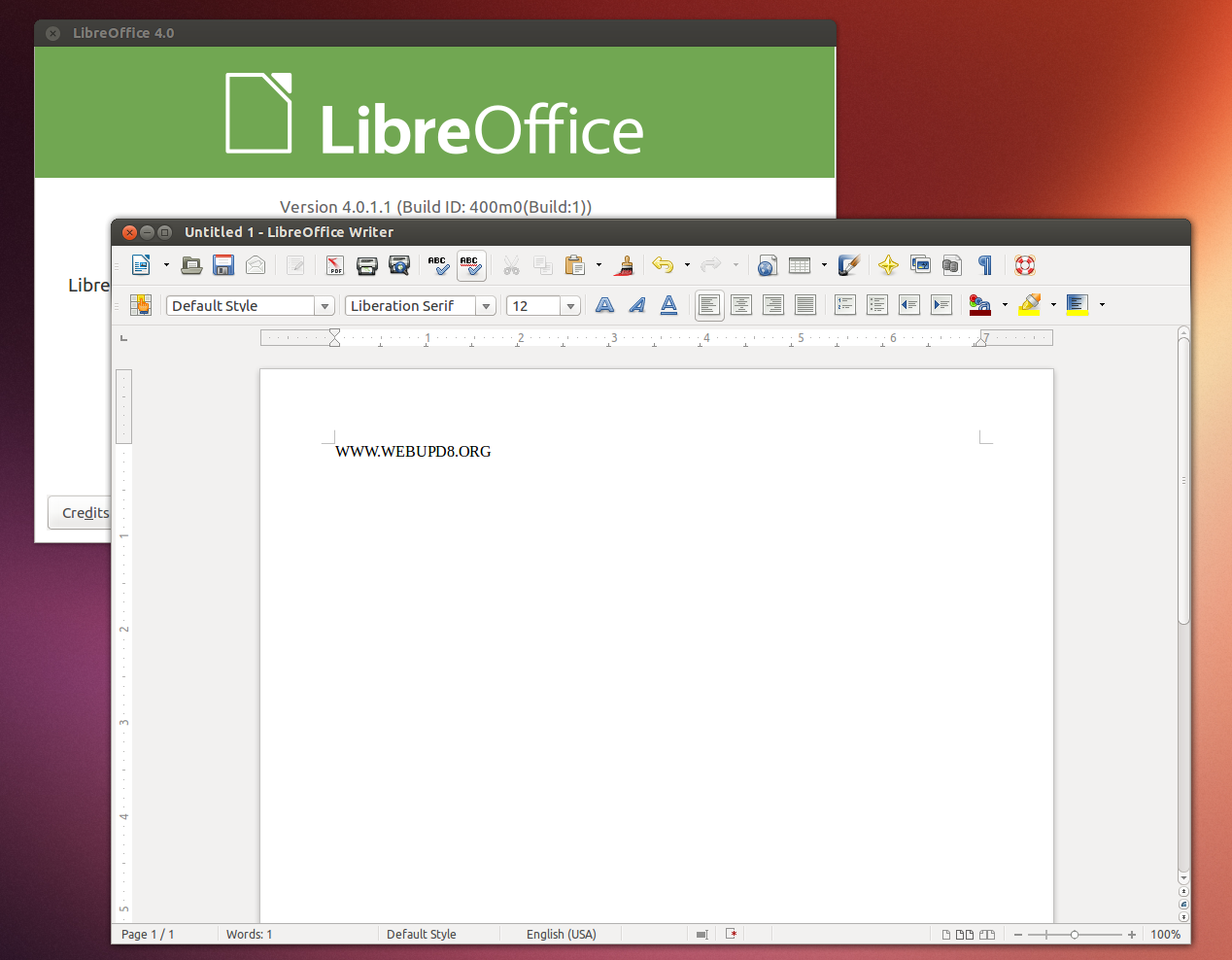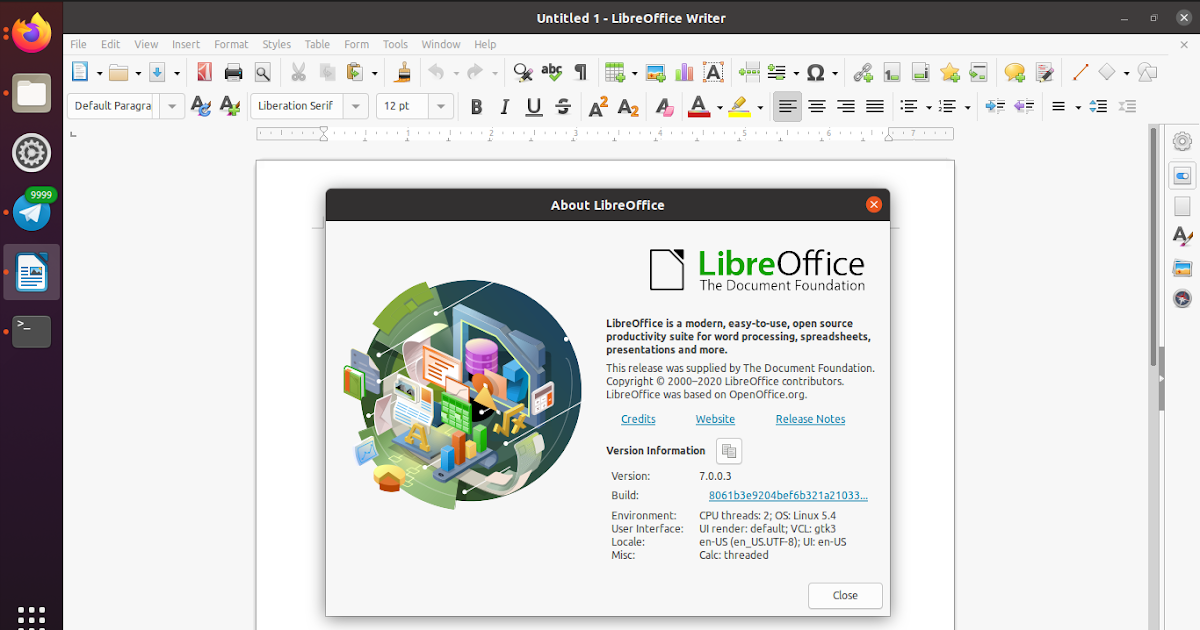

- UBUNTU INSTALL LIBREOFFICE HOW TO
- UBUNTU INSTALL LIBREOFFICE MANUAL
- UBUNTU INSTALL LIBREOFFICE 64 BITS
- UBUNTU INSTALL LIBREOFFICE SOFTWARE
- UBUNTU INSTALL LIBREOFFICE DOWNLOAD
tar.gz archive(s) can now be deleted.Ĭhange the current directory to the location of the. Repeat the extraction process for all language packs. Then, right-click on the file name and select “ extract here “. To extract these juicy archives, open the “Downloads” directory. In case you want to learn more on these extensions, please follow these links: tar, gzip.

The downloaded files are compressed and have a. This how-to supposes that the downloaded file (and language packs) is saved in the “Downloads” directory situated in your home directory.ĭownload as many language packs as you need.
UBUNTU INSTALL LIBREOFFICE 64 BITS
Select Linux x86 (deb) for 32 bits systems or Linux 圆4 (deb) for 64 bits systems.
UBUNTU INSTALL LIBREOFFICE DOWNLOAD
Step 1 of 3 – Download compressed packagesĭownload LibreOffice 7.4 from the official download page: Note that you could also use remove -purge, which is is equivalent to the purge command. If you also want to remove LibreOffice configuration files, use the purge switch: To remove prior installations of LibreOffice: LibreOffice 7.4 can be installed alongside older LibreOffice versions, but conflicts may occur. This installation method is based on the official. Now LibreOffice should look more or less like in this screenshot (with the new default Colibre theme): If the LibreOffice UI looks broken/old/ugly/awful, the GTK integration package may be missing. Sudo apt install libreoffice-l10n-es hunspell-es hyphen-es mythes-es libreoffice-help-es Sudo apt install libreoffice-l10n-fr hunspell-fr-comprehensive hyphen-fr mythes-fr libreoffice-help-fr Here are two examples for installing language packs in French and Spanish: Please note that spelling packages may have a different language code! In fact, there are more different spellcheck packages than user interface packages:
UBUNTU INSTALL LIBREOFFICE HOW TO
How to find the letter code for your language packs? One option is to check the output of the following command: Sudo apt install hunspell-en-us hyphen-en-us mythes-en-us libreoffice-help-en-usįor British or Canadian English, replace all us occurrences with gb or ca. Spelling, hyphenation, thesaurus (synonyms) and help files still have to be installed: Sudo apt install libreoffice-l10n-de hunspell-de-de-frami hyphen-de mythes-de libreoffice-help-deįor US-English, there is no libreoffice-l10n-en-us package as it is the default language. Install all of them with the following command: Spelling dictionary: hunspell-de-de-frami.For example, the corresponding German packages are: To find LibreOffice language packs for a specific language, replace the asterisk with a two-letters language code (mostly). Spelling dictionaries, hyphenation patterns and thesauri are available in separate packages: hunspell-*, hyphen-*, mythes-* and libreoffice-help-*. The user interface, templates and autotext features are contained in the libreoffice-l10n-* packages. Language packages in LibreOffice are spread over different packages. upgrade) LibreOffice, run the command below:
UBUNTU INSTALL LIBREOFFICE MANUAL
The apt manual page describes the full-upgrade variant as follows: “full-upgrade performs the function of upgrade but will remove currently installed packages if this is needed to upgrade the system as a whole”. The full-upgrade is absolutely fine (and won’t upgrade your Linux distribution!), but in this case does the same as apt upgrade. Some guides recommend using apt full-upgrade instead of apt-upgrade.
UBUNTU INSTALL LIBREOFFICE SOFTWARE
This means that installation or troubleshooting of this software is considered Support Beyond Reach. Using LibreOffice in this way is beyond the scope of this article, which is intended simply to provide information on how to install it correctly. This means that you'll need to become familiar with using LibreOffice using command line commands rather than your typical point-and-click environment. The difference in this type of installation versus a standard installation for LibreOffice is that it is inside your server, which is not like a local computer where you are not using a GUI (graphical user interface). You can export your data in any of the above types (and others, including PDF, RTF, TXT, HTML, and others). LibreOffice also has native support for a modern open standard format called the Open Document Format (ODF). In addition, LibreOffice supports the document formats used by Microsoft such as Microsoft® Word (.doc. The appearance of these programs through the graphical interface is very similar to that of Microsoft, so if you are familiar with Microsoft Office and its use, you will probably feel at home using LibreOffice in its graphical format.

LibreOffice includes several applications that make it incredibly versatile, these include:


 0 kommentar(er)
0 kommentar(er)
